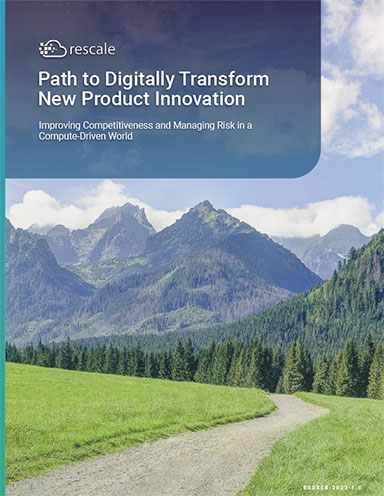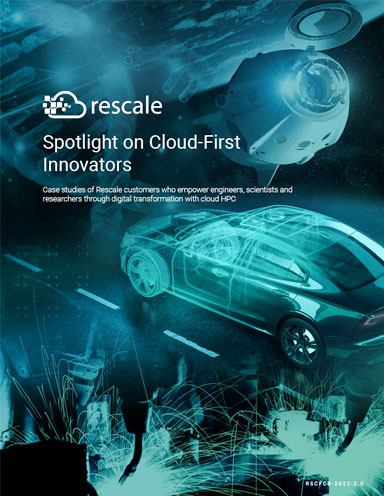Hybrid Work Calls for a Security Makeover
Now that hybrid work is firmly established in the post-pandemic era, companies are updating security architectures, gravitating to a new model built around Zero Trust.
Latest News
November 15, 2022
With hybrid work firmly ensconced as the model of choice for most businesses, organizations are beginning to reevaluate their existing security postures to ensure the highest levels of data protection and system resiliency as they shift to new work patterns.
A new survey from HP Teradici, which canvassed more than 8,000 respondents across a range of industries, found that most businesses have settled on hybrid workforce post-pandemic—a shift cited by nearly all (99%) of respondents. Approximately 40% of those surveyed expect more than half of their workforce to work remotely at least twice a week.
With a hybrid future clearly in the cards, companies are going back to the drawing board to shore up security practices that had gaps or were problematic. Many are ready to upgrade longstanding Virtual Private Network (VPN) security architectures for a new model built around remote desktops and Zero Trust to better accommodate both in-office and remote access requirements. Their goal with the makeover: To close the door on vulnerabilities while optimizing security and user experience for a new day.
Here's a look at what’s driving organizations to redefine their security paradigm:
Bring Your Own Device (BYOD) on the rise. Employees like the idea of using their own devices for work, and the move can boost organizational productivity and reduce operating costs. Post pandemic, nearly three-quarters of Teradici survey respondents said they expect more use of BYOD. Despite the popularity of the approach, companies have little control over any corporate data stored on employee devices as well as how the devices are maintained and used. If an employee neglects to install a security update or the device is lost or stolen, they are inadvertently putting corporate data at risk. According to the Teradici survey, 90% of respondents are using a mix of employee-owned and corporate-owned devices. Only 10% are predominantly using corporate-owned devices. As a result, more than a quarter (26%) of respondents said the rise of BYOD devices increases the need for device authorization capabilities.
Endpoint security is a key concern. With millions of people affected by security breaches on a daily basis, it’s no wonder endpoint security is keeping IT and cybersecurity leaders up at night. Endpoint security protects corporate data on endpoints and prevents them from exploiting vulnerabilities or introducing malicious code into corporate networks. Nearly all (94%) of Teradici survey respondents indicated they were concerned about corporate data exposure through home-based devices, and because more than half (53%) of respondents plan to allow employees to commute with endpoint devices, there are rising worries about security and data integrity.
Zero Trust is gaining ground. The need for workplace flexibility is accelerating the adoption of Zero Trust access faster than expected. Zero Trust is a strategy and set of technologies that replaces traditional perimeter-based security with a model focused on users, devices, applications, and assets. Users and devices are required to authenticate themselves continuously, and access is limited to only files and data required for a given task, vastly reducing vulnerability. Zero Trust-based endpoint management is now a priority for 97% of respondents and 78% are currently implementing or planning to implement the model over the next two years, according to the Teradici survey.
Traditional VPNs are out. More respondents are now using remote desktop technology to secure applications and confidential data within the corporate perimeter (55%) compared to VPNs (41%). Looking ahead, only 3% of respondents say they will rely on VPNs as the primary user authentication method for corporate services and remote desktops in two to three years.
Click here dig into the survey results.
Watch this video to learn more HP Teradici’s vision for remote work.
Subscribe to our FREE magazine, FREE email newsletters or both!
Latest News
About the Author
Beth Stackpole is a contributing editor to Digital Engineering. Send e-mail about this article to DE-Editors@digitaleng.news.
Follow DE





